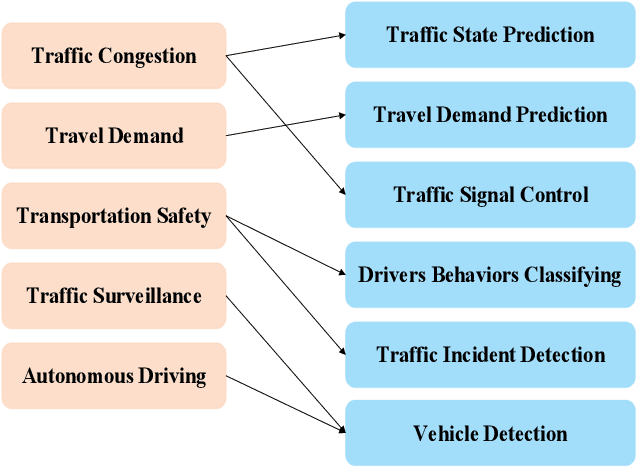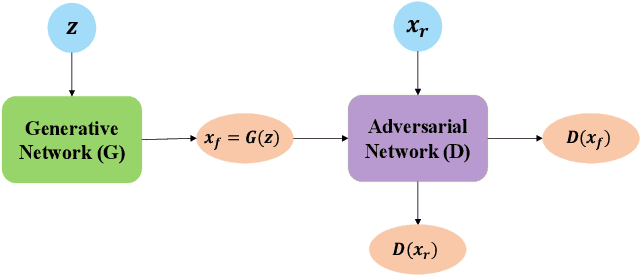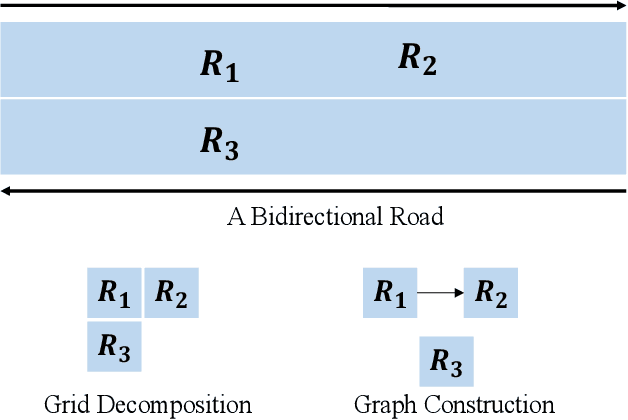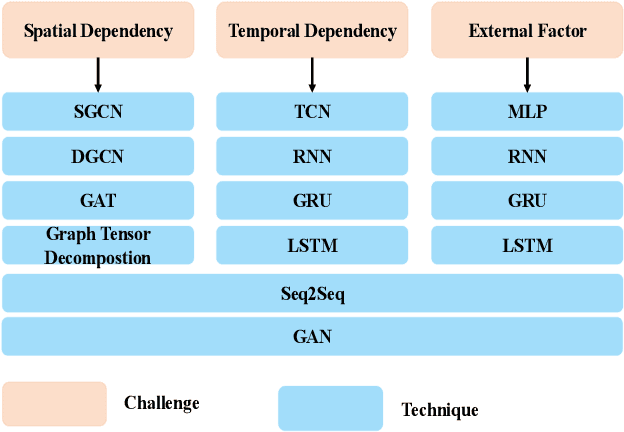How to Build a Graph-Based Deep Learning Architecture in Traffic Domain: A Survey
Paper and Code
Jun 07, 2020



In recent years, various deep learning architectures have been proposed to solve complex challenges (e.g., spatial dependency, temporal dependency) in traffic domain, which have achieved satisfactory performance. These architectures are composed of multiple deep learning techniques in order to tackle various challenges in traffic data. Traditionally, convolution neural networks (CNNs) are utilized to model spatial dependency by decomposing the traffic network as grids. However, many traffic networks are graph-structured in nature. In order to utilize such spatial information fully, it's more appropriate to formulate traffic networks as graphs mathematically. Recently, various novel deep learning techniques have been developed to process graph data, called graph neural networks (GNNs). More and more works combine GNNs with other deep learning techniques to construct an architecture dealing with various challenges in a complex traffic task, where GNNs are responsible for extracting spatial correlations in traffic network. These graph-based architectures have achieved state-of-the-art performance. To provide a comprehensive and clear picture of such emerging trend, this survey carefully examines various graph-based deep learning architectures in many traffic applications. We first give guidelines to formulate a traffic problem based on graph and construct graphs from various traffic data. Then we decompose these graph-based architectures to discuss their shared deep learning techniques, clarifying the utilization of each technique in traffic tasks. What's more, we summarize common traffic challenges and the corresponding graph-based deep learning solutions to each challenge. Finally, we provide benchmark datasets, open source codes and future research directions in this rapidly growing field.
 Add to Chrome
Add to Chrome Add to Firefox
Add to Firefox Add to Edge
Add to Edge